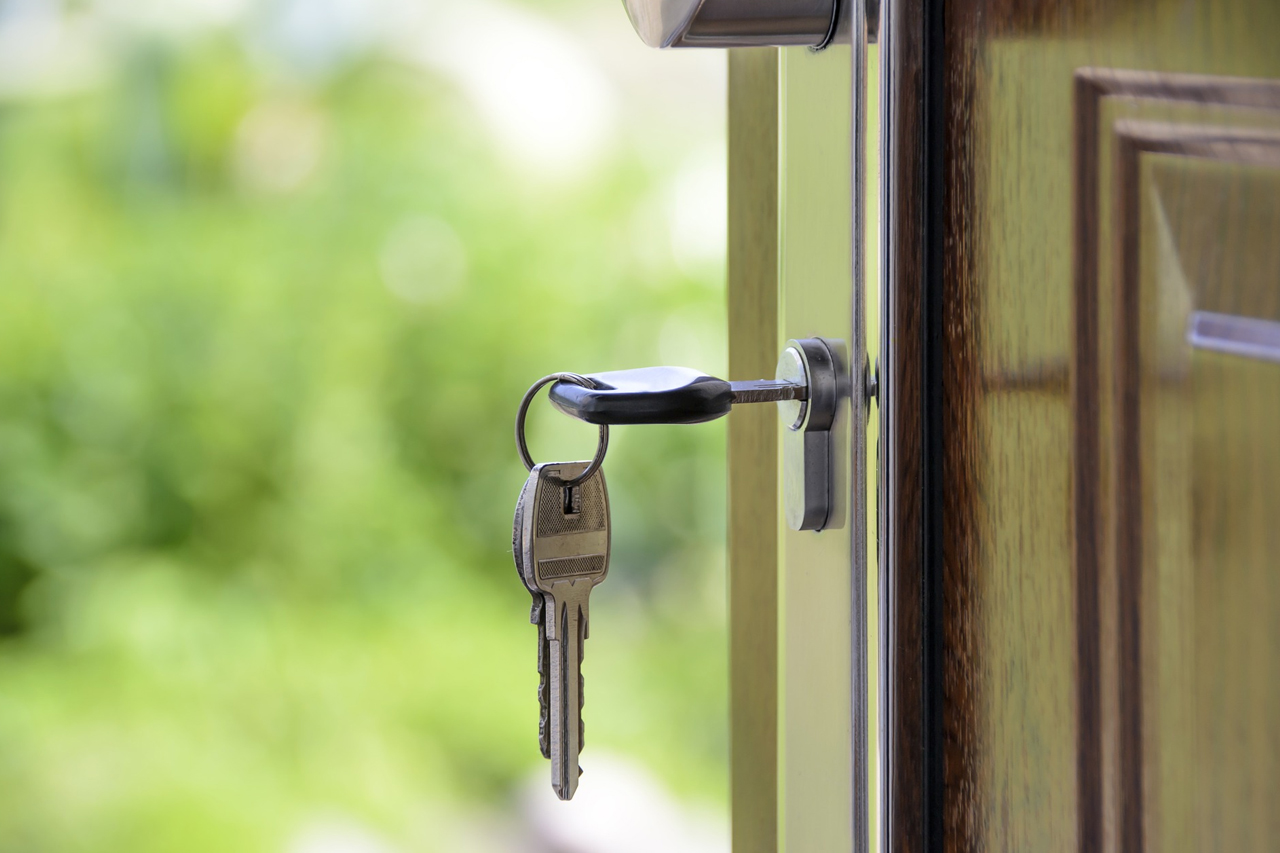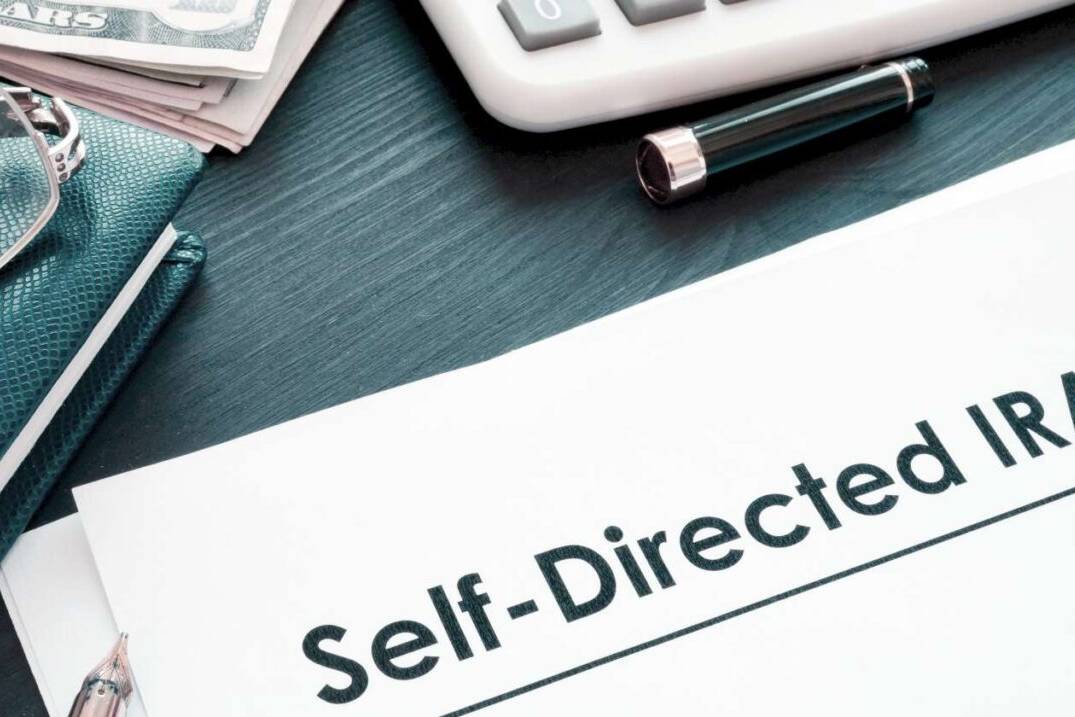With so many alternative assets to choose from when self-directed investing, a self-directed IRA holder can build a diversified portfolio and grow their retirement savings over the long term.
When selecting the best assets for a portfolio, real estate is a common option. Real estate can be an expensive investment; many would-be investors may not have the upfront funds in their IRA.
Non-recourse loans provide a way to purchase real estate with your IRA, even if you don’t have the funds up-front. Non-recourse loans can be beneficial for investors looking to get into high-price-tag investments. If you are considering a non-recourse loan, here’s your guide, along with the benefits of using a non-recourse loan in real estate.
What is a non-recourse loan?
Before we talk about the benefits, let’s first define a non-recourse loan. This is a type of loan that you can take out using your IRA to purchase real estate investments. Often facilitated by a private lender, these loans are owned by your IRA, are subject to UDFI (Unrelated debt-financed income), and must be repaid through your IRA. You should shop carefully for a non-recourse loan. And know that not many banks offer them. If you can get one, they can help you finance your real estate investment.
How Do Non-recourse Loans Differ from Recourse Loans?
A recourse loan allows the lender to seek additional assets from any borrower who defaults on the loan.
Let’s say that a borrower obtains a recourse loan when applying for a mortgage. If the collateral value is lower than the debt owed, the lender can go after the borrower’s other assets to cover the remaining debt.
As for a non-recourse loan, the lender can only seize the collateral specified within the final loan agreement.
The lender will not seek full recourse even if the debt is valued higher than the remaining collateral. For investors who want to protect their assets if their investment defaults, a non-recourse loan is an excellent option.
Nevertheless, because of non-recourse loan limitations, most banks and similar financial institutions don’t offer non-recourse loans.
How Do You Qualify for a Non-recourse Loan?
If you want to qualify for non-recourse financing, you must first understand that the lender is taking on most of the risk.
As such, the terms of your loan will likely be stricter than the terms of recourse loans.
In most cases, lenders and investors only provide non-recourse loans to worthy borrowers. It’s also likely that this type of loan can only be sought for specific property types.
If you want to be certain that you qualify for a non-recourse loan, you must have:
- Strong personal finances
- A debt service coverage ratio of 1.25 or better
- A steady and consistent source of income
It’s also important that the collateral that’s used for the loan is:
- Located within the U.S.
- Not your primary residence
- Constructed after 1940
- Has a roof that isn’t directly shared by another property
The main benefit of seeking this loan is that the rest of your personal assets and finances won’t be tied to the loan in the form of collateral.
Do You Have to Pay It Back?
Even though a non-recourse loan is more beneficial for the borrower, you will still need to pay back any debt that you owe.
While the lender will not seize any of your additional assets if you default, you will lose the primary asset. In addition, this default will also be placed on your record, which will significantly hurt your credit score and credit history.
Can You Use Your IRA to Invest in Non-Recourse Loans?
If you’re looking to invest in real estate by seeking a non-recourse loan, specific rules are associated with purchasing real estate with your IRA account.
If you want to use your self-directed IRA to invest in real estate with the help of a non-recourse loan, the loan itself will be under the name of the IRA as opposed to the IRA owner.
If the IRA defaults on the loan, the lender can obtain the property in the IRA that was used as collateral.
Any additional assets owned by the account holder or IRA cannot be directly pursued, making this an ideal investment opportunity for IRA holders.
If you happen to make a traditional investment with a non-recourse loan, your loan payments will come directly out of your IRA account.
Because of the lender’s risk with this type of loan, the required down payment may be as high as 30-40%. However, each lender differs, so you should do your due diligence when searching for the best loan terms.
If you’re thinking about investing in a property and want to protect your assets if you do default, a non-recourse loan may be right for you.
Top 7 Benefits for a Non-Recourse Loan in Real Estate
1. You Are Not Personally Liable – Your IRA Is.
If you open a non-recourse loan, you will not own the loan. Your IRA will own it. Should anything happen over the life of the loan, you are not personally held liable for it. Also, though the loan is in your IRA’s name, your account will not experience repercussions either.
2. The Lender will Have No Recourse Against You or Your IRA Balance If You Default.
In the case of a default, not only are you protected, but so is your IRA. In addition to not suffering any financial backlash, the lender cannot take anything from you or your IRA. You are not obligated to pay out the loan or pay back the loan using any of your retirement assets.
3. These Loans Will Allow You to Purchase Real Estate If You Don’t Have Enough Funds.
If you want to invest in real estate but cannot afford it using your IRA, this is an alternative. You can use the loan to purchase property, and all payments to the loan will be made from your IRA. Keep in mind that you cannot use any of your personal funds to pay back the non-recourse loan. Again, this type of loan must be paid back using only your IRA.
4. Personal Credit Does Not Come Into Play When Applying for a Non-Recourse Loan.
As stated earlier, you do not personally own the non-recourse loan. The lender offering is through your IRA directly. They will not need to check your credit score, but they may need personal information from you and your spouse. While this can help those with less than perfect credit purchase real estate, the loan terms may be adjusted to fit your financial situation.
5. You Become the Account Manager for Your IRA’s Owned Property.
As the IRA owner, you become the account manager of your IRA real estate. This puts you in charge of anything that needs to be done to the property. While you or any disqualified individual cannot perform any of the following services, you can decide who will. Account owners decide the tenants, plumbers, and maintenance workers that work on your property. You are in charge of bringing in money for your IRA.
6. The Terms of Your Loan Will Vary Based on The Property.
Depending on the condition, repair requirements, and other circumstances may determine the terms of your loan. Terms are often negotiable; however, this is controlled by the lender. Your lender may be flexible and offer various financing options. Carefully consider which property you invest in so the terms can favor you.
7. In The Case Of A Default, The Lender Can Seize Only The Collateral.
No matter what happens, should you fail to pay back the loan, this is a borrower’s market. You will only lose the collateral and nothing more. Since the loan is for your IRA, your credit will not drop, and you will not lose any additional assets. You will, however, lose the property.
Performing Due Diligence
Real estate can be an expensive investment, but when done right, you can use your assets to build a solid nest egg. While borrowing may not be ideal, a non-recourse loan can not only get you the property you want, but it can help protect you and your IRA in the case of a default. Before investing in real estate, perform your due diligence. Research real estate investing and seek out financial counseling to determine if it is right for you. If you have any questions, contact a trusted Horizon Trust custodian today.
Related Posts
March 28, 2024
Is Self-Directed IRA Real Estate Wise? 10 Pros & Cons
Self-directed investment can open many doors for investors. There are many…




